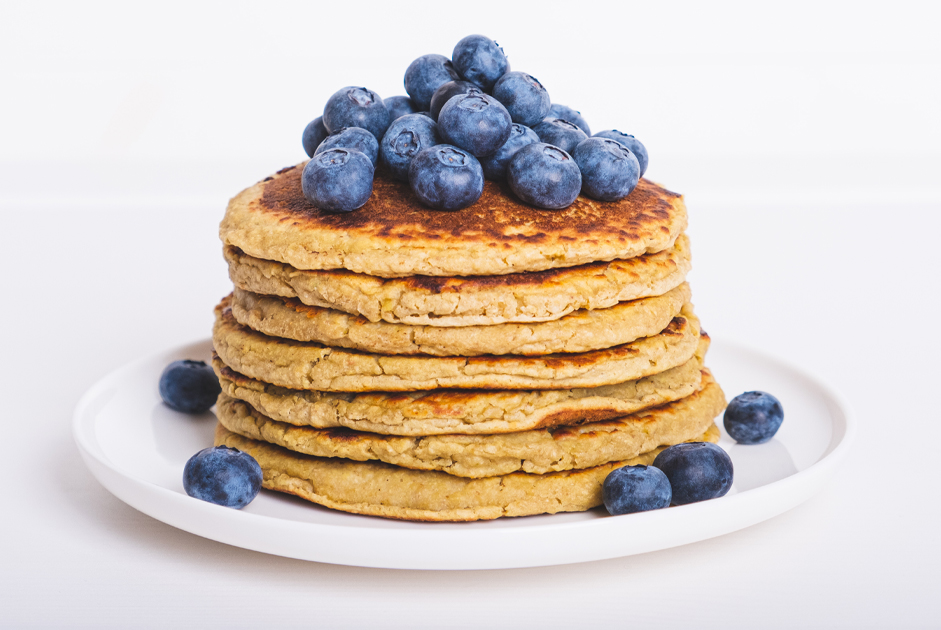Bacon, cinnamon rolls, sausage, muffins, pancakes, cereal, toast with jelly…do any of these make their way into your family’s breakfast routine throughout the week? Breakfast is great for sending your kids off to school with a full stomach and ready to learn, but if you’re not careful, some of these common breakfast foods can be high in fat, sugar and carbohydrates. Consistent consumption of these foods every morning can influence their health. Take cereal as an example. Most cereals marketed to children are high in sugar with very little fiber or protein. This means that your child will eat it and momentarily feel full, but what’s happening inside of their body is an increase in blood sugar that then rapidly decreases. Your child will be hungry again sooner, and they may not be able to pay attention for as long as they would have if their breakfast contained more filling nutrients. And, the same rule applies to us adults! Our breakfasts need to be high in nutrients, as well.
How do you provide breakfasts that will last longer and improve health? Pay attention to the number of food groups you and your family consume at breakfast, and look for foods that have fiber and protein. Fiber is a nutrient that is not absorbed and helps to lower blood sugar and fill us up. You can find fiber in fruits and vegetables as well as grain products, even some cereals! When looking at the food label, aim for at least three grams of fiber per serving of food. As you start looking at fiber on the nutrition label, you will notice the difference in quality of nutrients in some of your favorite cereals. Protein is also just as important as fiber. Protein is digested much slower than carbohydrates as it passes through our bodies which keeps us fuller longer and keeps our blood sugar stable. The average adult should be aiming for at least 100 grams of protein per day. If you eat three meals a day, that’s around 25-30 grams of protein at each meal (plus protein in your snacks) to get to 100 grams. That cereal you’re eating at breakfast probably has very little protein. You’ll get protein from the milk you put with your cereal, but you may also need to add boiled eggs or a side of nuts to help you increase your protein intake.
Here are some nutrient-dense breakfast ideas that your whole family can enjoy. Get your kids in the kitchen with you as you put some of these breakfast foods together. A few can be prepared ahead of time and then heated up in the morning. Others are quick enough to throw together before school and work! They include several food groups and can be higher in protein and fiber!
Breakfast Banana Split: One banana cut lengthwise, topped with Greek yogurt and sprinkled with high fiber cereal. Add additional fruit on top, if you’d like!
Protein Pancakes: Use a pancake mix that is higher in protein and fiber. Top with blueberries and have scrambled eggs on the side.
Homemade Egg McMuffin: One piece of Canadian bacon, a slice of cheese and scrambled egg whites placed inside of a toasted whole wheat English muffin. It’s a homemade version of a popular fast-food breakfast.
Muffin Quiches: Scramble eggs and mix with vegetables of your choice, such as onions and broccoli. Add in a touch of milk and shredded cheese. Pour into sprayed or lined muffin tins and top with paprika. After baking, you’ve got mini quiches that can be reheated for breakfast throughout the week.
Parfait: Layers of flavored Greek yogurt, fresh fruit and high fiber cereal. This one is similar to a breakfast banana split, but the presentation is fun!



















